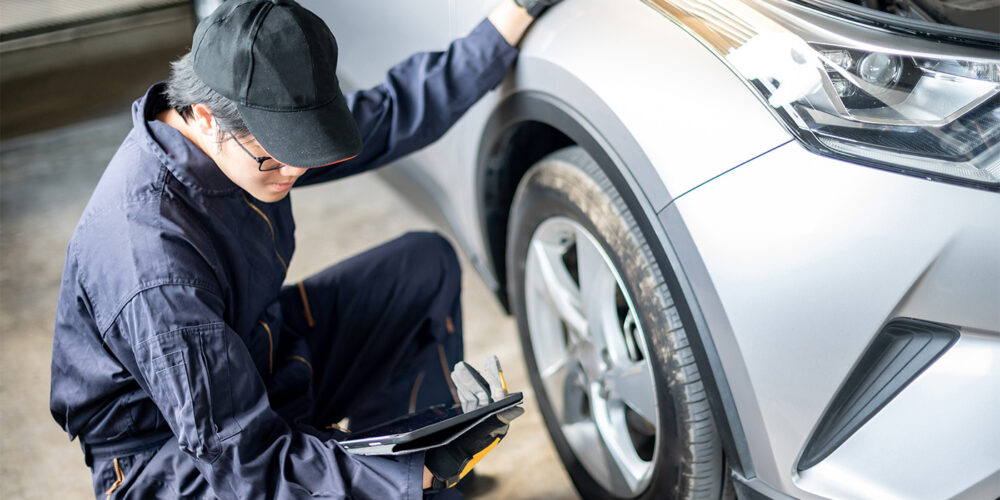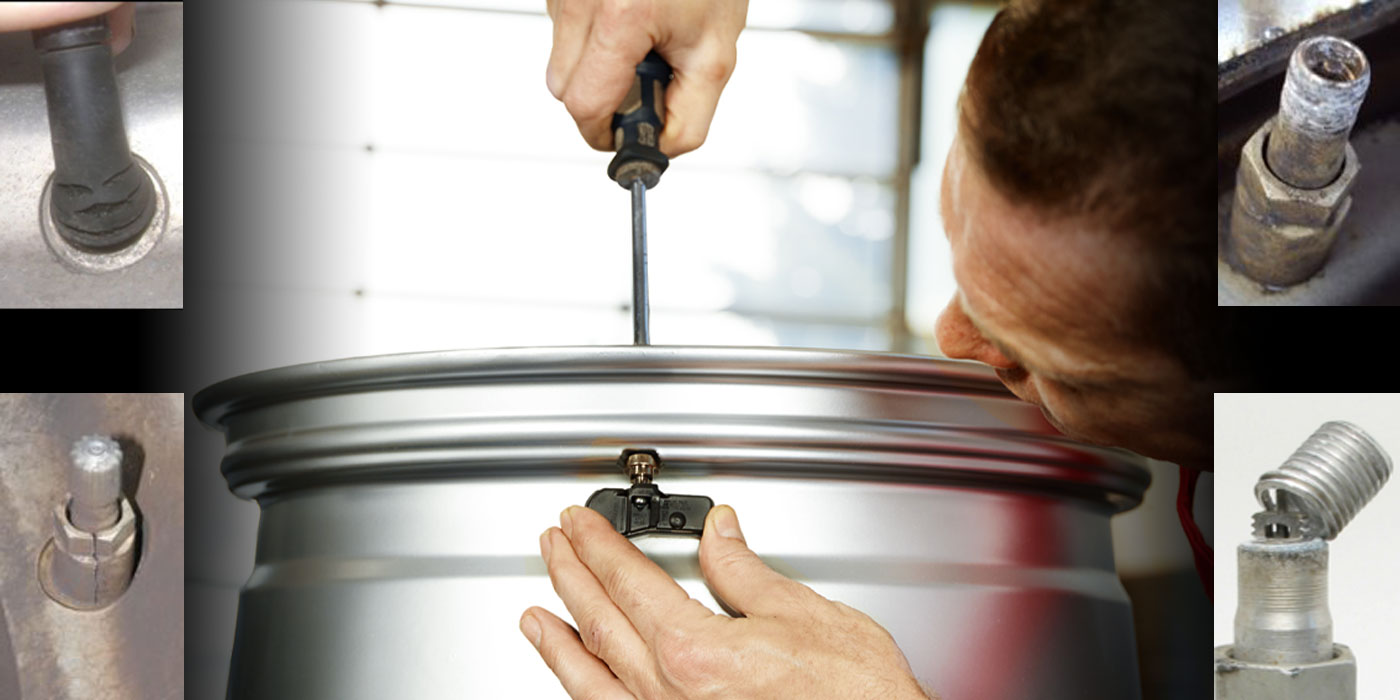If your customer owns a vehicle that was manufactured before 2008, they might be missing out on a crucial safety feature: a tire pressure monitoring system (TPMS). TPMS monitors the air pressure and temperature of your tires and alerts you when a tire is under or over-inflated to a point where it is unsafe for driving.
Beyond safety, improper tire inflation also reduces fuel efficiency, improves your braking distance, can cause tire blowouts and can also affect your vehicle’s handling, comfort and tire wear. Fortunately, there’s an ideal solution for vehicles lacking a factory installed TPMS: the TPMS retrofit kit. The kit offers your customers the same advantages as modern vehicles do, all while preserving the integrity of their cherished classic or antique car.
A TPMS retrofit kit typically consists of four sensors that are attached to the valve stems and a receiver that displays the pressure and temperature of each tire on a screen, or an LED indicator and warns you when sensors are out of range. Given increasing tire prices, TPMS retrofit kits are becoming very popular among classic and antique car owners, offering them a perfect solution to protect their investment in tires.
TPMS retrofit kits are also popular among off-road vehicle owners, offering the possibility to change tire pressure requirements with the press of a button. Thanks to retrofit kits off-road enthusiasts can lower the pressure in each tire to get additional grip and still monitor the pressure of each tire for safety and peace of mind.
While choosing and installing a TPMS retrofit kit is relatively straightforward, it still requires some basic tools and skills. The market offers various kit types catering to diverse needs and preferences. From six-tire monitoring to location-specific pressure readings, options abound. Installation involves sensor attachment to valve stems, tire remounting and balancing. Certain kits might require sensor-receiver pairing and baseline pressure setup. The receiver should be installed in a visible and accessible spot within the vehicle’s cabin. Powering the receiver can be done using several methods, including connections to the fuse box, plugging into the power outlet, or utilizing solar panels – a more sustainable solution.
The price of TPMS retrofit kits varies depending on brand, quality and features. However, this is certainly a worthwhile investment that can provide savings in the long run by improving fuel economy, extending tire life and it can also enhance driving safety, comfort and performance by ensuring that the tires are always properly inflated. A TPMS retrofit kit is a smart way to add value and functionality to a vehicle without breaking the bank.
Yanick Leduc has been a technical trainer for more than 20 years. Yanick started working in the automotive industry in 1992 and his career at Schrader TPMS Solutions began in 2017 when he joined the company as a technical training and support specialist. Since January 2021, he has been leading Schrader’s TPMS Training Team globally. He says his passion for digital learning has inspired Yanick to enhance Schrader’s digital training activities with the launch of www.TPMSAcademy.com and the delivery of multiple webinars.














